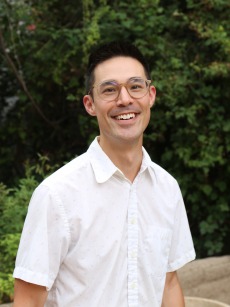
Jonathan Jae-an Crisman is an artist and urban scholar whose work considers the intersections between culture, politics, and place. His books include Approximate Translation: Media, Narrative, and Experience in Urban Design (Applied Research and Design Press, 2024) and Urban Humanities: New Practices for Reimagining the City (MIT Press, 2020), co-authored with Dana Cuff, Anastasia Loukaitou-Sideris, Todd Presner, and Maite Zubiaurre. His current research focuses on the role that art and culture can play as forms of political engagement in gentrifying cities, and (with collaborator Maite Zubiaurre) on the forensic, cultural, and political practices around migrant death in the Borderlands. Work from his collaborative art practice has been shown at the Los Angeles Contemporary Archive, the Los Angeles Forum for Architecture and Urban Design, the West Bund Biennial of Arts and Architecture, and the Reykjavík Arts Festival. He was formerly the founding Project Director and Core Faculty for the UCLA Urban Humanities Initiative, and was a research affiliate with USC’s Spatial Analysis Lab (SLAB) where he worked with Annette Kim on humanizing cartographic representation. He holds a PhD in Urban Planning and Development from the University of Southern California, Master of Architecture and Master in City Planning degrees from MIT, and a BA in Architectural Studies, Geography, and Urban and Regional Planning from UCLA.

